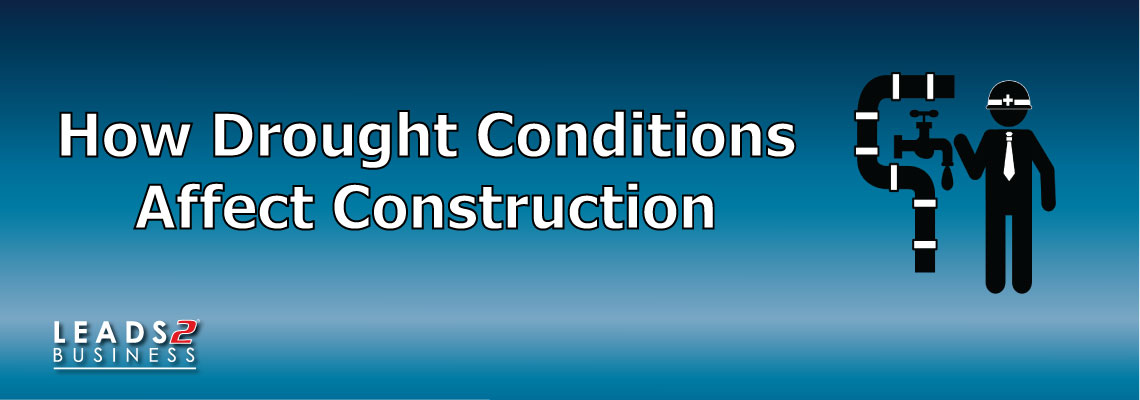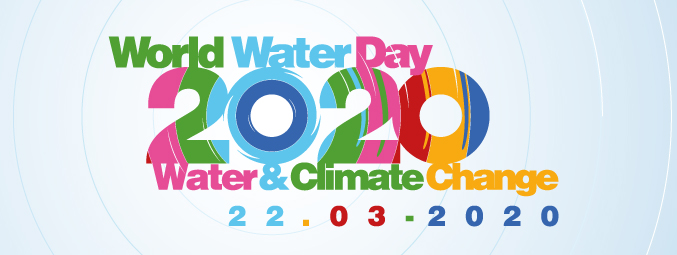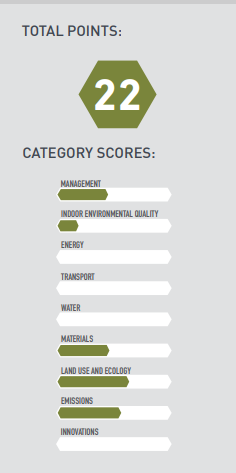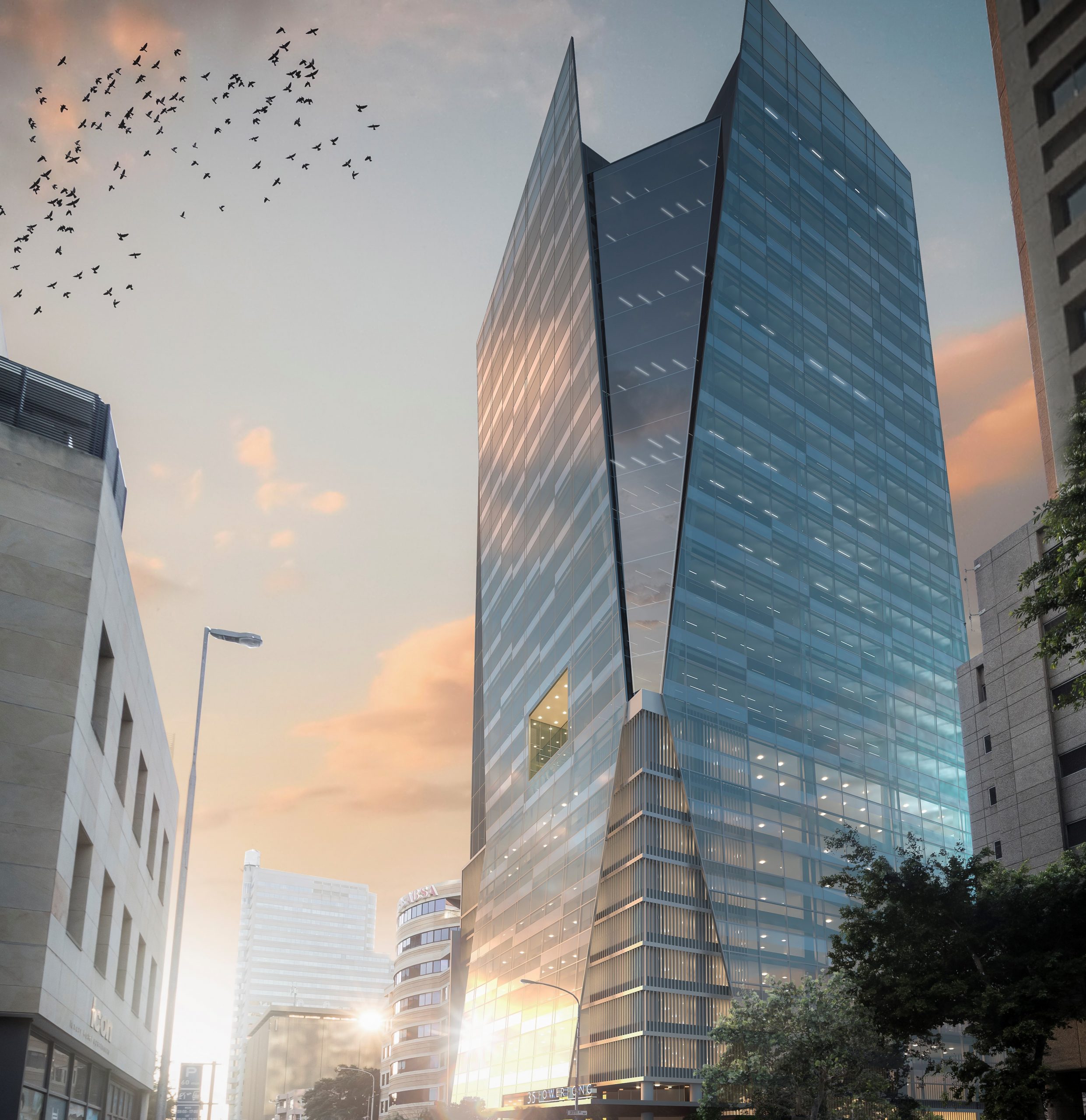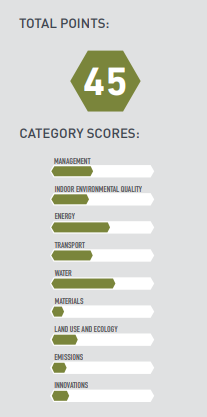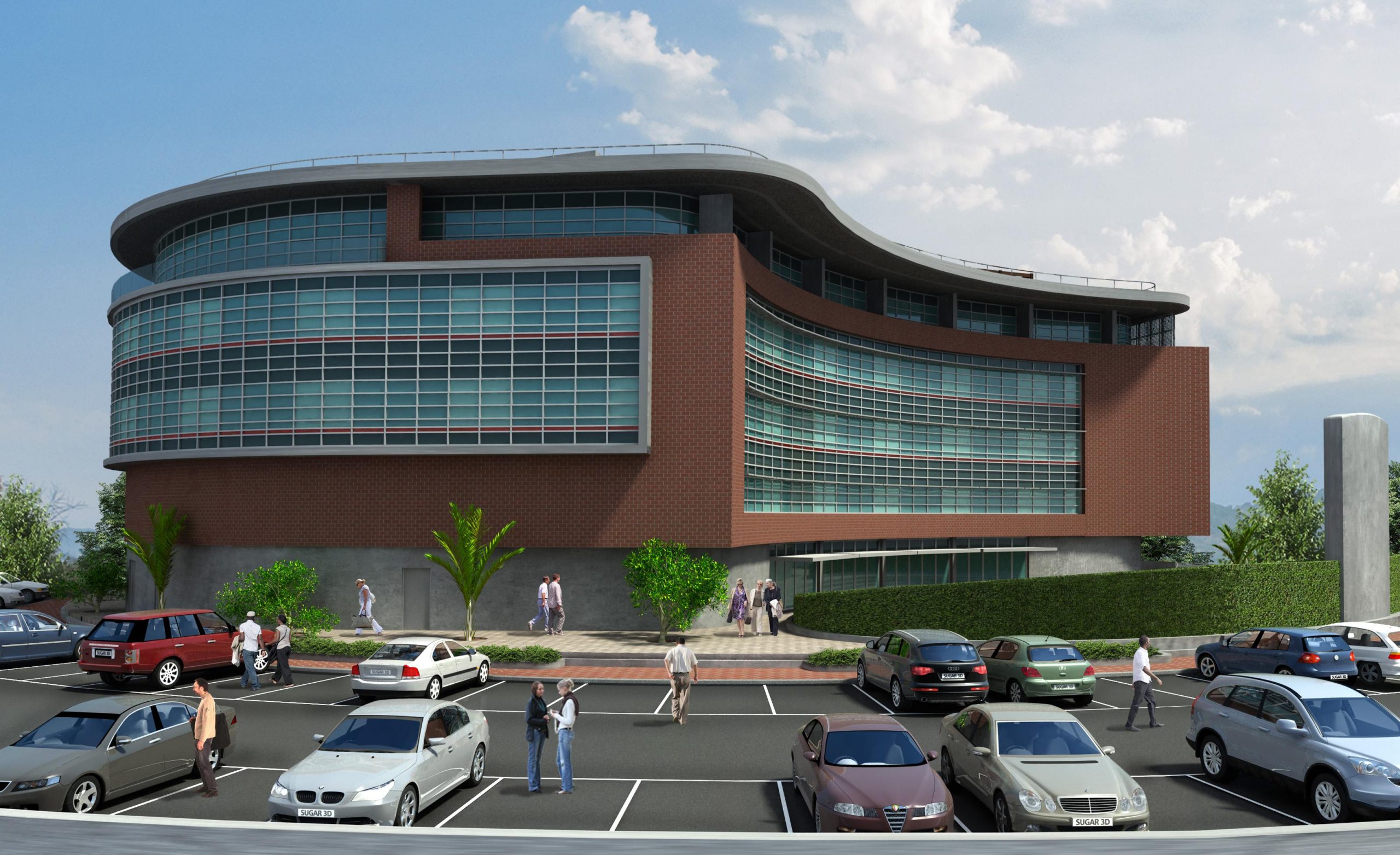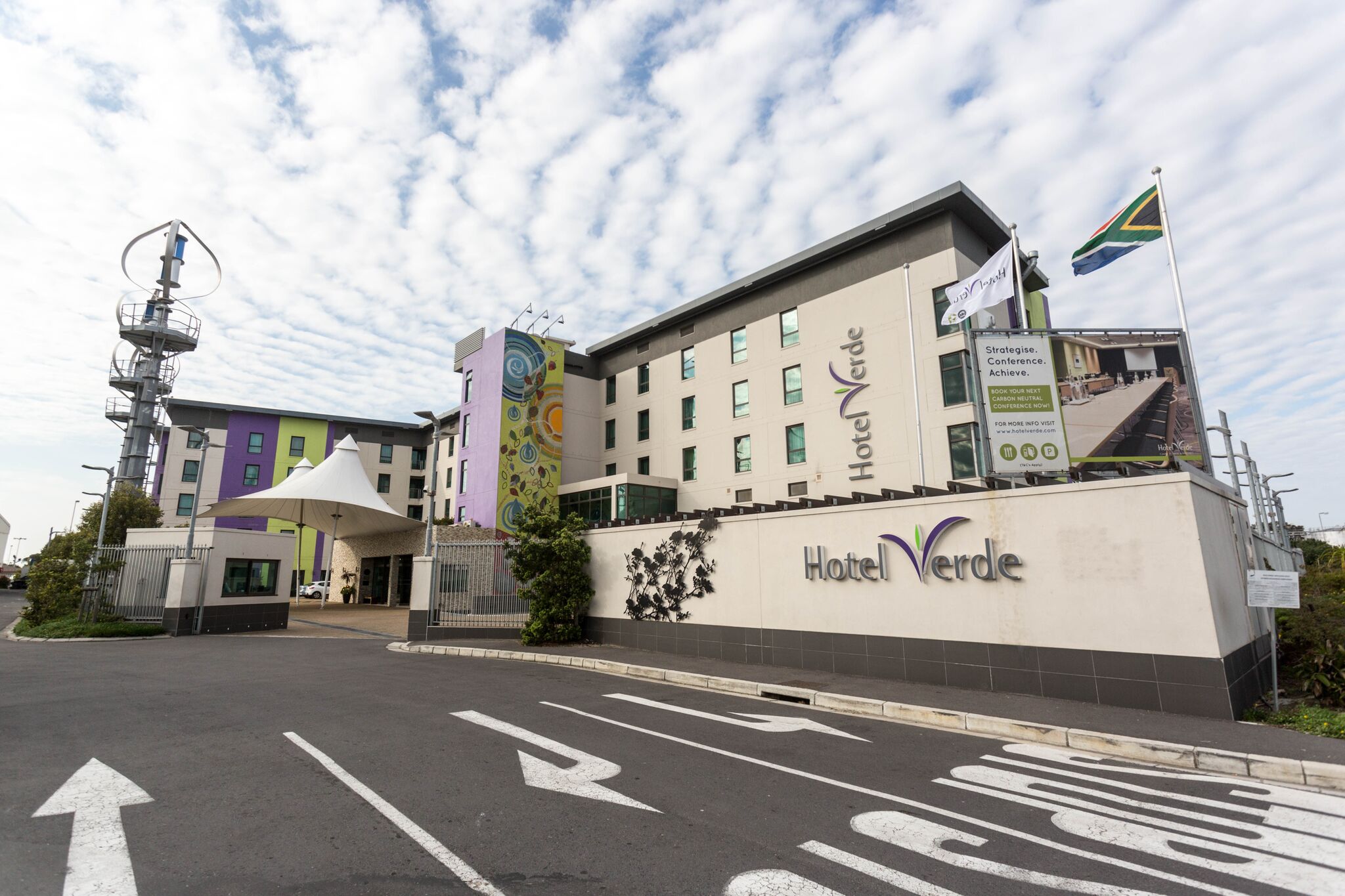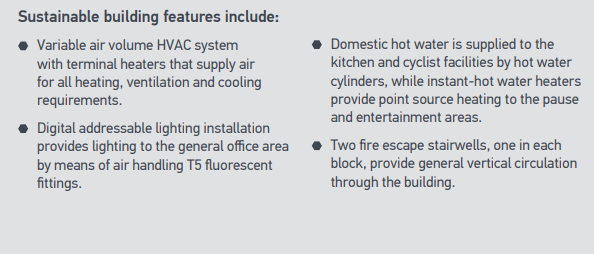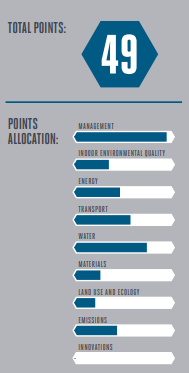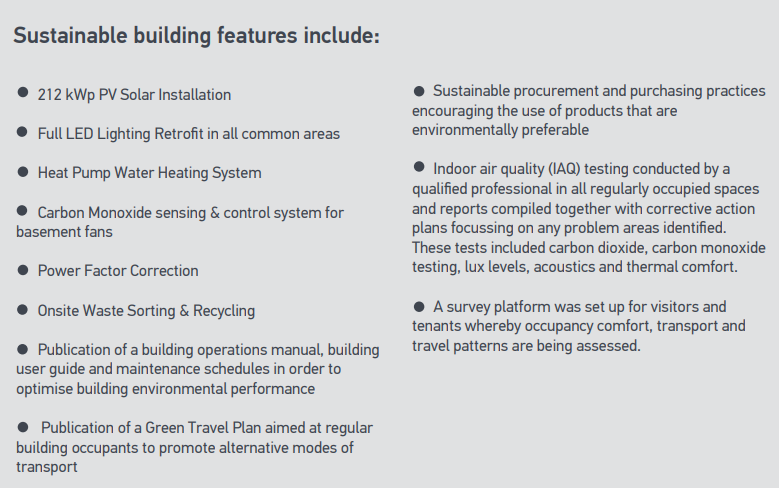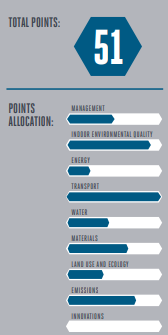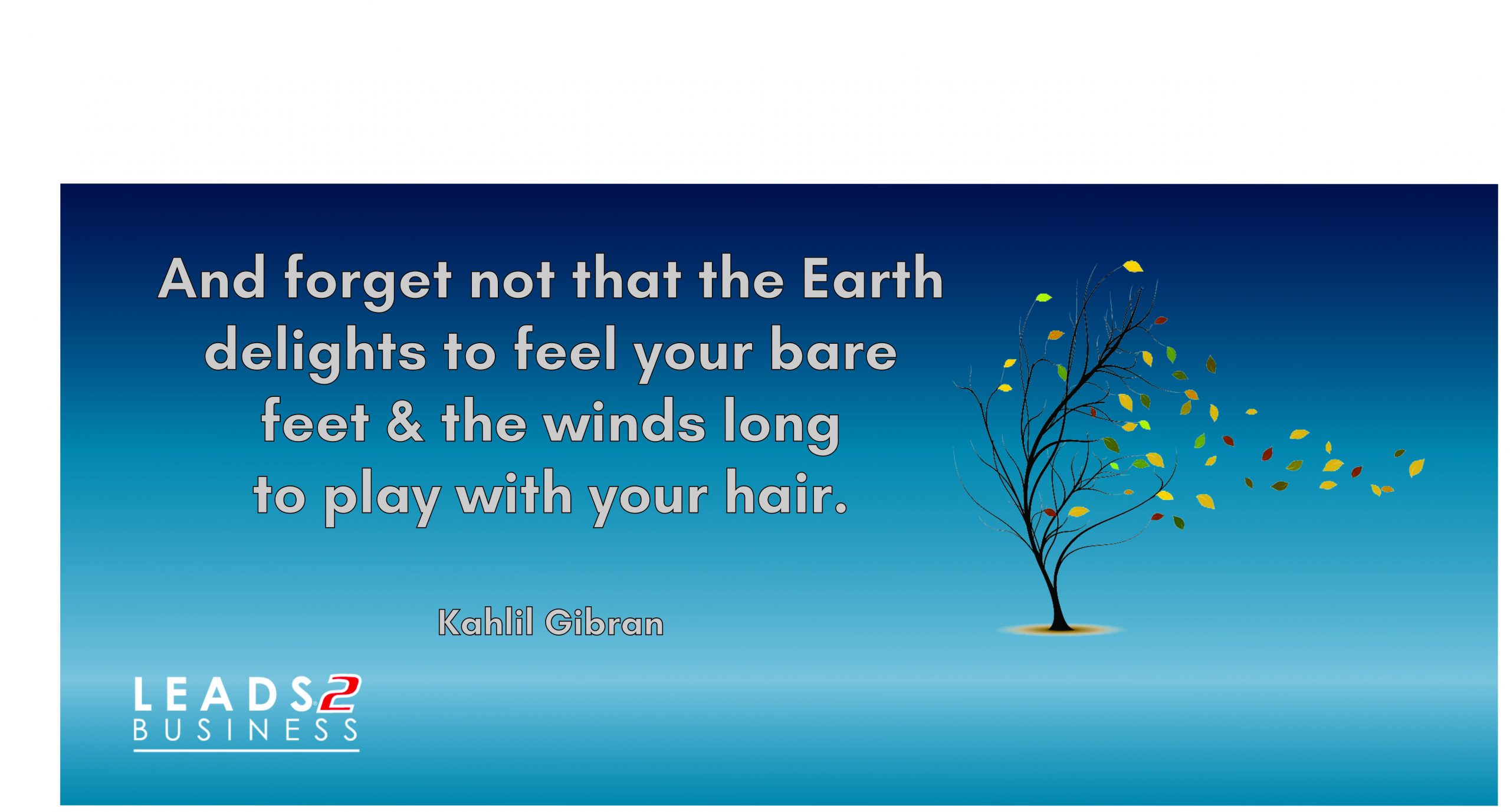
When researching this topic, it seemed to be traditional to quote from “The Rime of the Ancient Mariner” written by poet Samuel Taylor Coleridge in 1797 – 98. Ahem…
“Water, water, everywhere,
And all the boards did shrink;
Water, water, everywhere,
Nor any drop to drink. “
Basically, a bunch of sailors are surrounded by water, but can’t drink it. Because it’s seawater. And they’ll die. But they’re dying of thirst. You can see the conundrum.
Why can’t you drink seawater?
“Seawater contains salt. When humans drink seawater, their cells are thus taking in water and salt. While humans can safely ingest small amounts of salt, the salt content in seawater is much higher than what can be processed by the human body. Additionally, when we consume salt as part of our daily diets, we also drink liquids, which help to dilute the salt and keep it at a healthy level. Living cells do depend on sodium chloride (salt) to maintain the body’s chemical balances and reactions; however, too much sodium can be deadly.
Human kidneys can only make urine that is less salty than saltwater. Therefore, to get rid of all the excess salt taken in by drinking seawater, you have to urinate more water than you drank. Eventually, you die of dehydration even as you become thirstier.”
The earth’s surface is approximately 71% water, which mostly we can’t drink. Approximately 97% of the total amount of water available to us is seawater and 3% is freshwater, most of which is frozen in glaciers and the like. Now throw in pollution and how most of the freshwater goes towards industries, like agriculture; things start looking a bit parched. A bit dry. A bit arid.
With stats like that, desalination is looking pretty good as an option to increase the access to drinkable, usable water.
And with South Africa’s recent and, in fact, ongoing drought/s throughout the country, paying attention to our water (where it comes from and where it goes, and how we can access more); is extremely relevant.
Desalination is the removal of mineral components from a substance. So you can have soil desalination as well as water deslination. Saltwater is desalinated to make water fit for human consumption or irrigation.
The interest in desalination is mostly geared towards the production of water for human use, and besides recycled wastewater, it is one of the few rainfall independent water sources.
The desalination process is an energy consumer though when compared to the relative ease with which water is sourced from rivers, groundwater, water recycling or water conservation. But this depletion of natural reserves or the complete lack of access is its own problem. Desalination processes are either driven by thermal (distillation) or electrical (photovoltaic or wind power), as the primary energy sources.
Approximately 1% of the world’s population is dependent on desalinated water for their daily needs.
Methods
There are many many methods of desalination, which I was surprised by. Each has advantages and disadvantages but all are useful. The methods can be divided into membrane-based (e.g., reverse osmosis) and thermal-based (e.g., multistage flash distillation) methods. The traditional process of desalination is distillation, i.e. boiling and re-condensation of seawater to leave salt and impurities behind.
Reverse osmosis plant membrane systems typically use less energy than thermal desalination processes.
Solar distillation:
Solar distillation mimics the natural water cycle, in which the sun heats the seawater enough for evaporation to occur. After evaporation, the water vapour is condensed onto a cool surface. There are two types of solar desalination. The former one is using photovoltaic cells which converts solar energy to electrical energy to power the desalination process. The latter one utilises the solar energy in the heat form itself and is known as solar thermal powered desalination.
Vacuum distillation:
In vacuum distillation atmospheric pressure is reduced, thus lowering the temperature required to evaporate the water. Liquids boil when the vapour pressure equals the ambient pressure and vapour pressure increases with temperature.
Multi-stage flash distillation:
Water is evaporated and separated from seawater through multi-stage flash distillation, which is a series of flash evaporations.
Multiple-effect distillation:
Multiple-effect distillation (MED) works through a series of steps called “effects”. Incoming water is sprayed onto pipes which are then heated to generate steam. The steam is then used to heat the next batch of incoming seawater. To increase efficiency, the steam used to heat the seawater can be taken from nearby power plants. Although this method is the most thermodynamically efficient among methods powered by heat, a few limitations exist such as a max temperature and max number of effects.
Vapor-compression distillation:
Vapour-compression evaporation involves using either a mechanical compressor or a jet stream to compress the vapour present above the liquid. The compressed vapour is then used to provide the heat needed for the evaporation of the rest of the seawater. Since this system only requires power, it is more cost-effective if kept at a small scale.
Reverse osmosis:
The leading process for desalination in terms of installed capacity and yearly growth is reverse osmosis (RO). The RO membrane processes use semipermeable membranes and applied pressure (on the membrane feed side) to preferentially induce water permeation through the membrane while rejecting salts.
Freeze-thaw:
Freeze-thaw desalination uses freezing to remove freshwater from saltwater.
Electrodialysis membrane:
Electrodialysis utilizes electric potential to move the salts through pairs of charged membranes, which trap salt in alternating channels.
Membrane distillation:
Membrane distillation uses a temperature difference across a membrane to evaporate vapour from a brine solution and condense pure condensate on the colder side.
Wave-powered desalination:
CETA is a wave power technology that desalinates seawater using submerged buoys.
Environmental Impact
The environmental considerations when considering desalination plants (of any size) are very dependent on costs, capacity, type of facility, location, feed water (i.e. seawater, brackish water, groundwater etc), labour, energy, financing and concentrate disposal (i.e. The by-product of desalination is brine. It has to go somewhere.)
So are desalination plants the final solution to our water problems: The upsides are that the methods are effective and well understood. The focus is on preserving natural water supplies, and the ocean is a massive source to draw from, which eliminates any unpredictable factors (i.e. rainfall). In other words, the ocean isn’t going anywhere any time soon. The plants are usually located outside residential areas, and away from the general populace. But for every upside, there are the drawbacks to be considered: Namely, the plants are expensive and the desalination process can be expensive in itself and a huge energy consumer. Greenhouse gas emissions have to be considered, and the disposal of the brine also needs to be worked out to lessen the negative effects on the surrounding environment and there’s always the risk of producing contaminated water.
Desalination plants can vary in size and production capacity, and there’s approximately 10 dotted along the coast of South Africa from the Western Cape through to Kwazulu-Natal. South Africa’s largest seawater desalination plant is in Mossel Bay. It cost R210 million and has a total capacity of 15 megalitres per day (10 megalitres for domestic & other uses; 5 megalitres for industrial).
Desalination can form an important puzzle piece in ensuring that we look after our current water sources, increase supply to those that don’t have access to water as well as work towards ensuring that the environmental factors are mitigated or decreased.
An example of a current Project being researched, please see PPA 21190.
Sources:
Wikipedia Desalination
Wikipedia Water
Veolia Water Technologies
Ocean Service
To view more Articles, please visit our Leads 2 Business Blog.
If you are interested in becoming one of our subscribers, please visit Leads 2 Business.
To view notes with screenshots on how to use our website, please visit Leads 2 Business Wiki.
I started working at Leads 2 Business in February 2005, and have served as Head of Department of Daily Tenders from 2007 until the present. I oversee both the Daily Tenders South Africa and Africa Departments.




